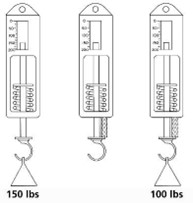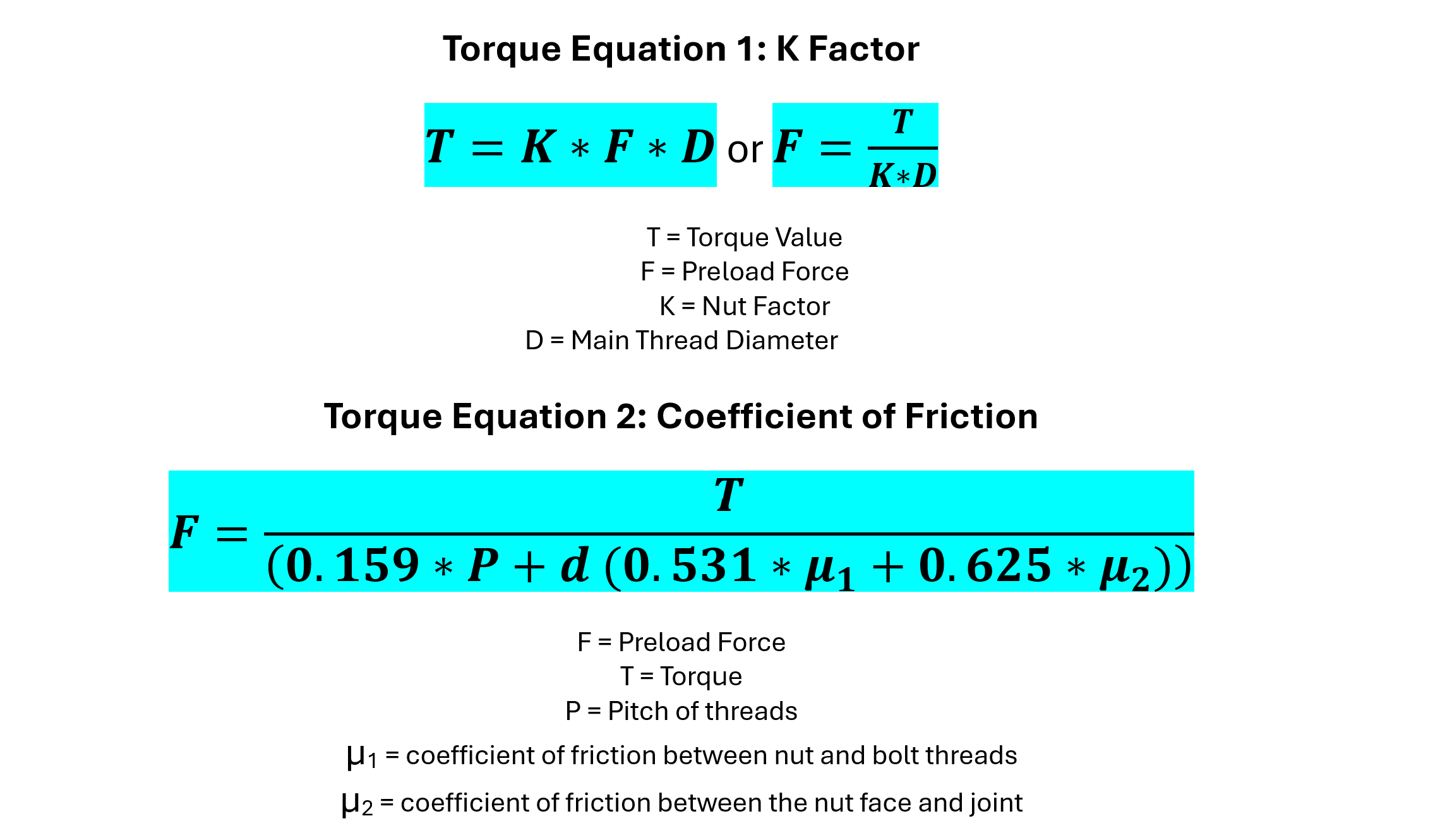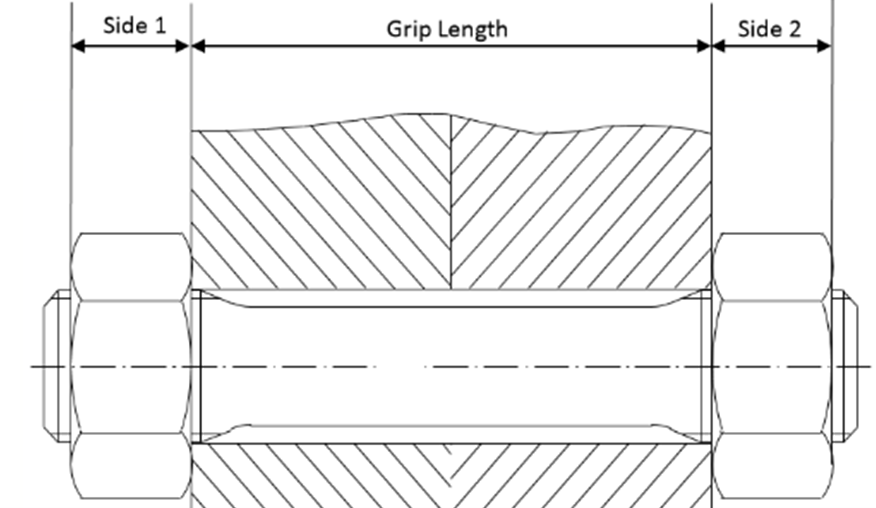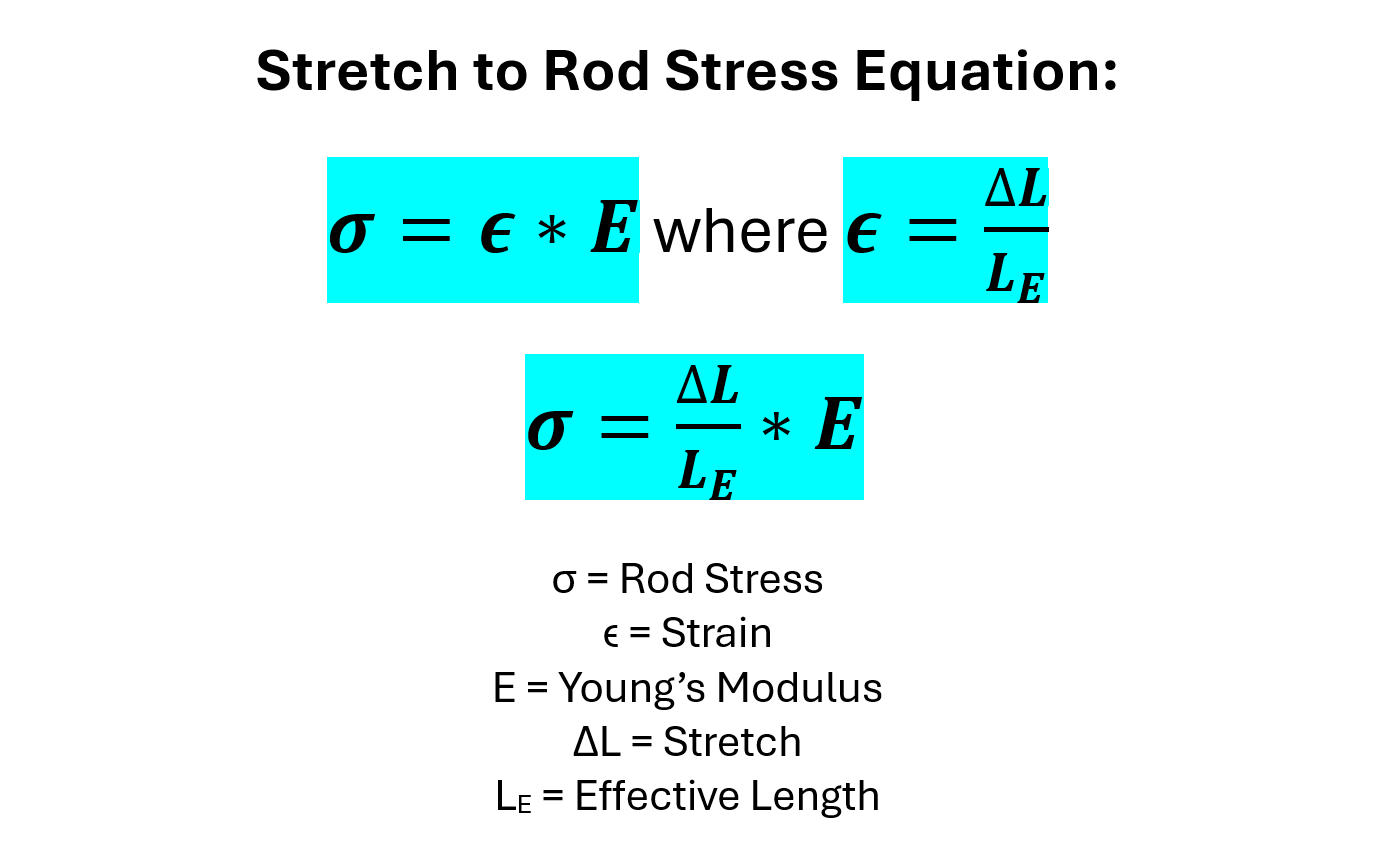What is Preload and Why is it Important?
The core purpose of the products of the tensioning solutions from the Nord-Lock Group is to apply preload to a bolted joint, but what is preload? How is the preload for an application determined? Why is it important to make sure a bolted joint has the correct amount of preload?
These principles are at the core of Superbolt® Multi-Jackbolt Tensioners and Boltight® Hydraulic Tensioners as both products’ main objective is to provide the customer with a preload on their joint. Let’s explore what that means.
Preload Defined
Before we can define preload, we need to look at the other loads that are present in the bolted joint. The first is the WORKING LOAD also known as the separating force. This is the force in the bolted joint from the operation of the equipment. This force is trying to spread the joint apart and is the force that must be overcome to create a secure bolted joint. The CLAMPING FORCE is the force that is generated by the preloading to overcome the working load. This force works directly against the working load of the joint. The PRELOAD is the force that is applied by the tensioner (MJT or Hydraulic Tensioner) onto the stud. This force stretches the stud and generates a clamping force in the joint to combat the working load. Hydraulics will apply an initial APPLIED LOAD to stretch the bolt. When the tool pressure is released, this leaves a RESIDUAL LOAD which is the preload that remains in the joint to generate the CLAMPING FORCE. This APPLIED LOAD is always higher than the RESIDUAL LOAD.

Based on these definitions, the preload must always be larger than the working load of the joint, if this is the case then the application will not see any loading during operation and will be a sound bolted joint. To demonstrate this the Nord-Lock Group uses a loaded spring example, similar to a fish scale. If the fish scale first has 150 lbs of weight added on the scale, a block of wood can be added to preload the scale to 150 lbs. With the block of wood in place any weight under 150 lbs, such as the 100 lbs show in the illustration, will not cause the block of wood to fall out and the spring sees no additional loading. As soon as 151 lbs is added the block of wood will fall out and the spring would start to see additional load again. When a bolted joint begins to see loading off and on, that is when fatigue failures can occur. Avoiding this fatigue is the key ingredient to a secure bolted joint.

How is Preload determined?
Determining the amount of preload for an application is not always cut and dry. If the application’s owner knows the amount of working load, adding a 1.3-1.5 safety factor is how the preload can be determined. But what if the customer does not know the working load or the preload applied by the previous bolting method? Typically, the customer will have documentation for the previous bolting method, this information can be used to calculate the preload value from the previous method. The following are the most common examples of calculating the preload value.
TorqueTorque is the most common way a customer would tighten a bolt prior to tensioning. While the customer would have a torque value provided by the OEM of the application, the customer is most likely not able to apply the full torque amount accurately. There are two different ways if calculating the preload based on the torque value and they are which is used is based on the lubricant. Knowing the lubricant is very important for the torque to preload calculation. When the lubricant is known, the Technical Data Sheet (TDS) can be found for the lubricant. The TDS will either list a K factor (know as a nut factor) or a coefficient of friction (µ) which will select which equation below will be used to determine the preload.

Rod StressAnother commonly provided number for an application is a required amount of Rod Stress (also called Bolt Stress). This is a value of a specific stress amount required in the stud or bolt as a result of a preload force being applied. The following is the equation used when provided a Rod Stress:
 Stud/Bolt StretchThe amount of stretch required in the bolt or stud is another way a customer may provide the required preload. The equation for this solves for the Rod Stress and then that formula can be used to find the preload. The most simplistic way of doing this is to consider the stud as one continuous area, if the stud is more complex the stretch calculation is much more difficult. For the continuous area method, the effective length needs to be determined first. This is the length of the stud that is being stretched. This is the sum of the grip length and a factor of the threaded connection on each end. The following image and table will show how to determine the basic effective length:
Stud/Bolt StretchThe amount of stretch required in the bolt or stud is another way a customer may provide the required preload. The equation for this solves for the Rod Stress and then that formula can be used to find the preload. The most simplistic way of doing this is to consider the stud as one continuous area, if the stud is more complex the stretch calculation is much more difficult. For the continuous area method, the effective length needs to be determined first. This is the length of the stud that is being stretched. This is the sum of the grip length and a factor of the threaded connection on each end. The following image and table will show how to determine the basic effective length:

|
Type of Bolting Hardware |
Individual Component Effective Length Values |
|
Hex Nut |
Stud Diameter x 0.40 |
|
Bolt Head |
Stud Diameter x 0.50 |
|
Socket Head Bolt |
Stud Diameter x 0.40 |
|
Tapped Hole |
Stud Diameter x 0.33 |
Once the lengths are determined for Side 1 and Side 2, they can be added to the Grip length to find the total effective length. The following equation can then be used to determine the Rod Stress required in the stud/bolt to achieve the required stretch:

Why is the Correct Preload Important?
As mentioned previously, not having a preload above the working load can cause fatigue in the joint. Having too much preload can also be bad for the joint and lead to failures:
Too Much PreloadBolt/stud could yield or break
Damage to application components
Can facilitate stress corrosion cracking
Too Little PreloadJoint loosening due to vibration
Fatigue failure in fastener
Joint separation
Joint slip resulting in shear failures
Correct PreloadSmaller/fewer fasteners could be utilized
Prevents downtime
Prevent broken components
To finish up, here are some incorrect assumptions about preloading a bolted joint:
- The total load in a joint is not the sum of the working load and preload. If the joint is correctly preloaded it will not see minimal additive loading during operation.
- Using a stronger material bolt and applying the same torque or preload does not increase/extend the joint fatigue life. The stronger bolt material will be more brittle and fail quicker than the weaker bolt.
- The largest preload force possible is not the best. Too much preload can result in issues as well.
- Increased diameter and increased number of bolts does not always make for a more secure bolted connection. When correctly preloaded, fewer and smaller bolt sizes may be able to be used based on the preloading required.


